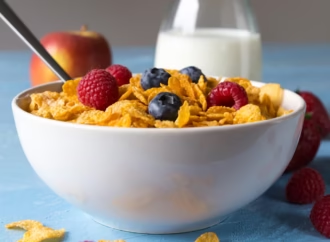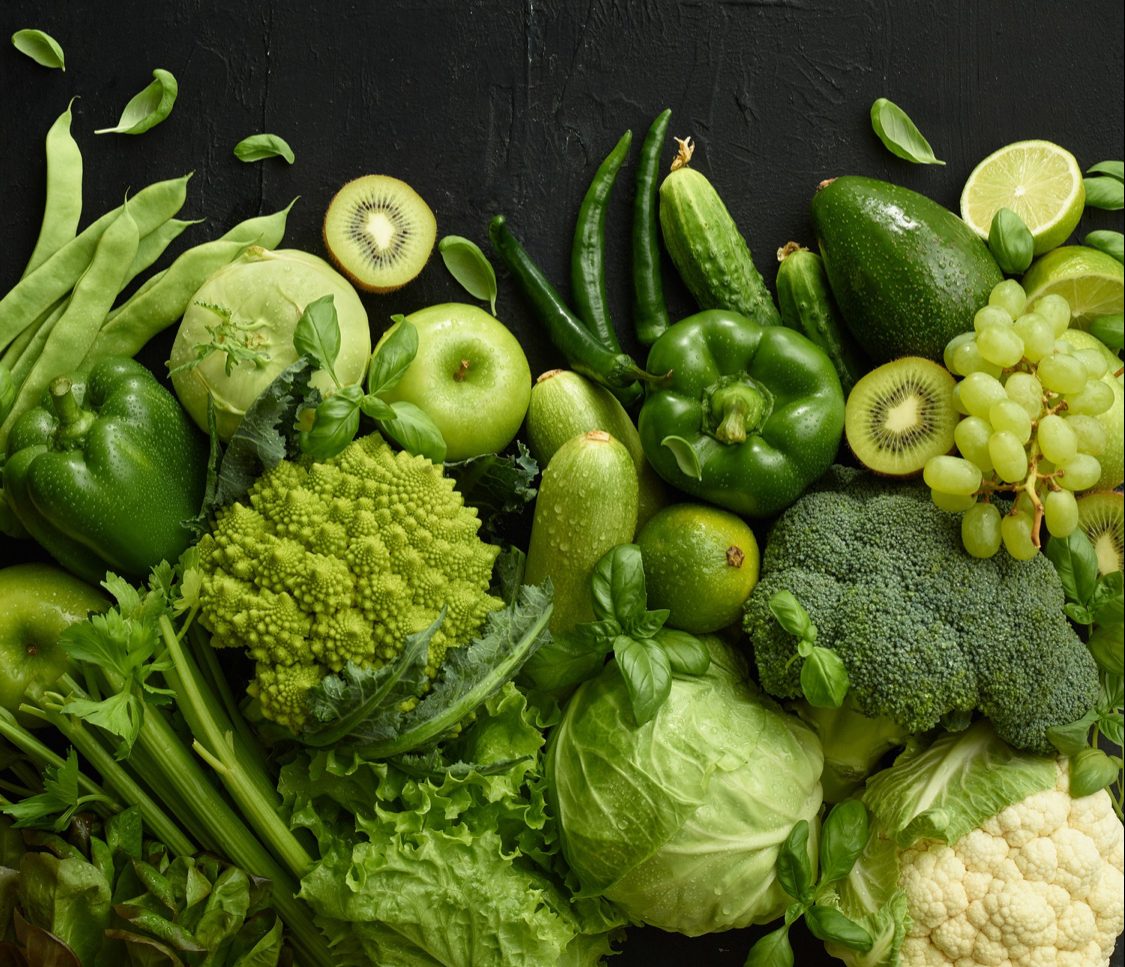In a groundbreaking move, the National Institute of Nutrition (NIN), under the purview of the Indian Council of Medical Research (ICMR), has put forth revised dietary guidelines aimed at addressing the high sugar content in packaged foods and beverages. This marks a significant departure from the previous focus on calorie thresholds, which had been in place for over a decade.
Key Highlights of the Proposed Guidelines:
- Solid Foods:
- The proposed threshold for solid foods is approximately 5% of total energy intake from added sugar, with a maximum limit of 10% from all sugars (including naturally occurring ones).
- This means that packaged food items like snacks, bread, and other solid products should ideally contain no more than 10% of their energy from sugar, whether added or naturally present.
- Beverages:
- For beverages, the limits are even stricter:
- 10% of energy intake from added sugar.
- Not exceeding 30% of total sugars, which includes natural sugars found in fruit juices and milk.
- This emphasizes the need to reduce sugar content in soft drinks, fruit juices, and other liquid products.
- For beverages, the limits are even stricter:
Why the Shift from Calories to Sugar Content?
The move from calorie-based guidelines to sugar-specific limits reflects growing concerns about the adverse health effects of excessive sugar consumption. Here’s why it matters:
- Hidden Sugars: Many packaged foods contain hidden sugars, which contribute to overall sugar consumption without consumers being fully aware of it. Items like sauces, bread, and snacks may have significant amounts of added sugar, impacting health outcomes.
- Educating Consumers: By focusing on sugar content, the guidelines encourage people to pay closer attention to labels and make informed decisions about their food choices. Increased awareness can lead to better eating practices and reduced sugar intake.
Potential Impact on Packaged Products:
If these guidelines are implemented, they could significantly alter the sugar content of packaged products available in India. Manufacturers would need to reformulate their recipes to meet the specified limits, ultimately benefiting public health.
Conclusion:
The proposed dietary guidelines represent a positive step toward curbing excessive sugar consumption and promoting healthier eating habits. As consumers become more conscious of sugar levels, they can make informed choices that contribute to long-term well-being.
In summary, remember that the sweet truth lies in moderation—whether it’s solid foods or refreshing beverages. Therefore, keeping an eye on sugar intake is essential for a healthier lifestyle.
 Food Manifest
Food Manifest 
















